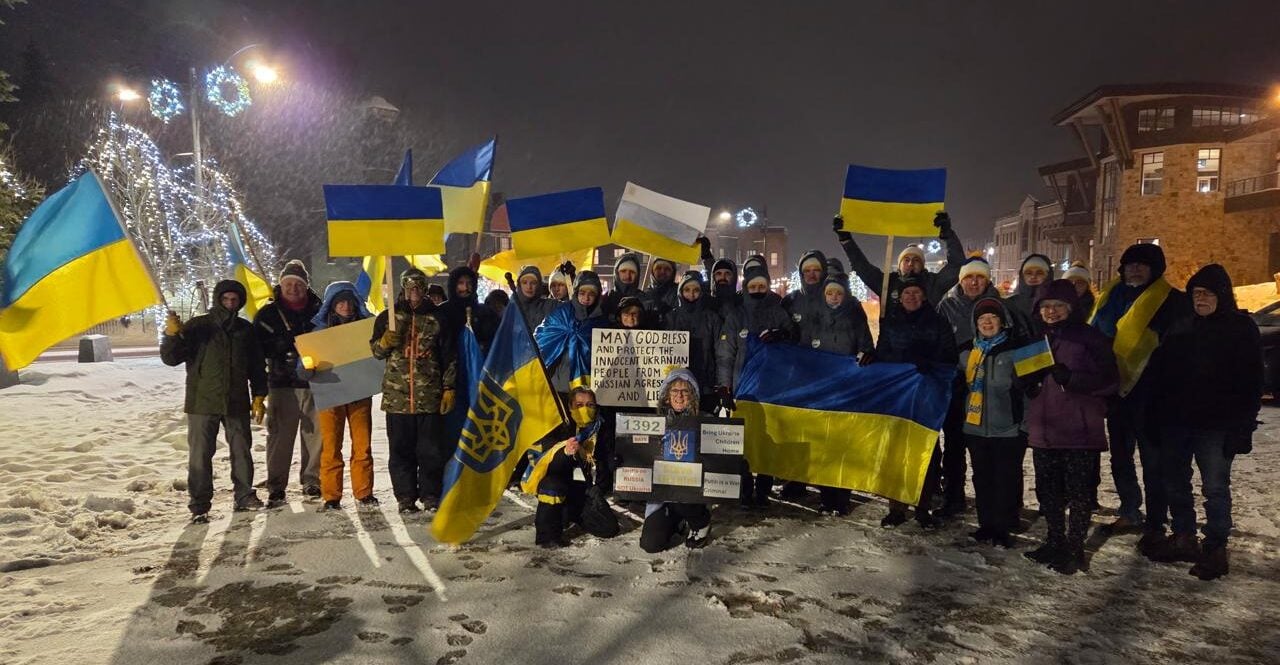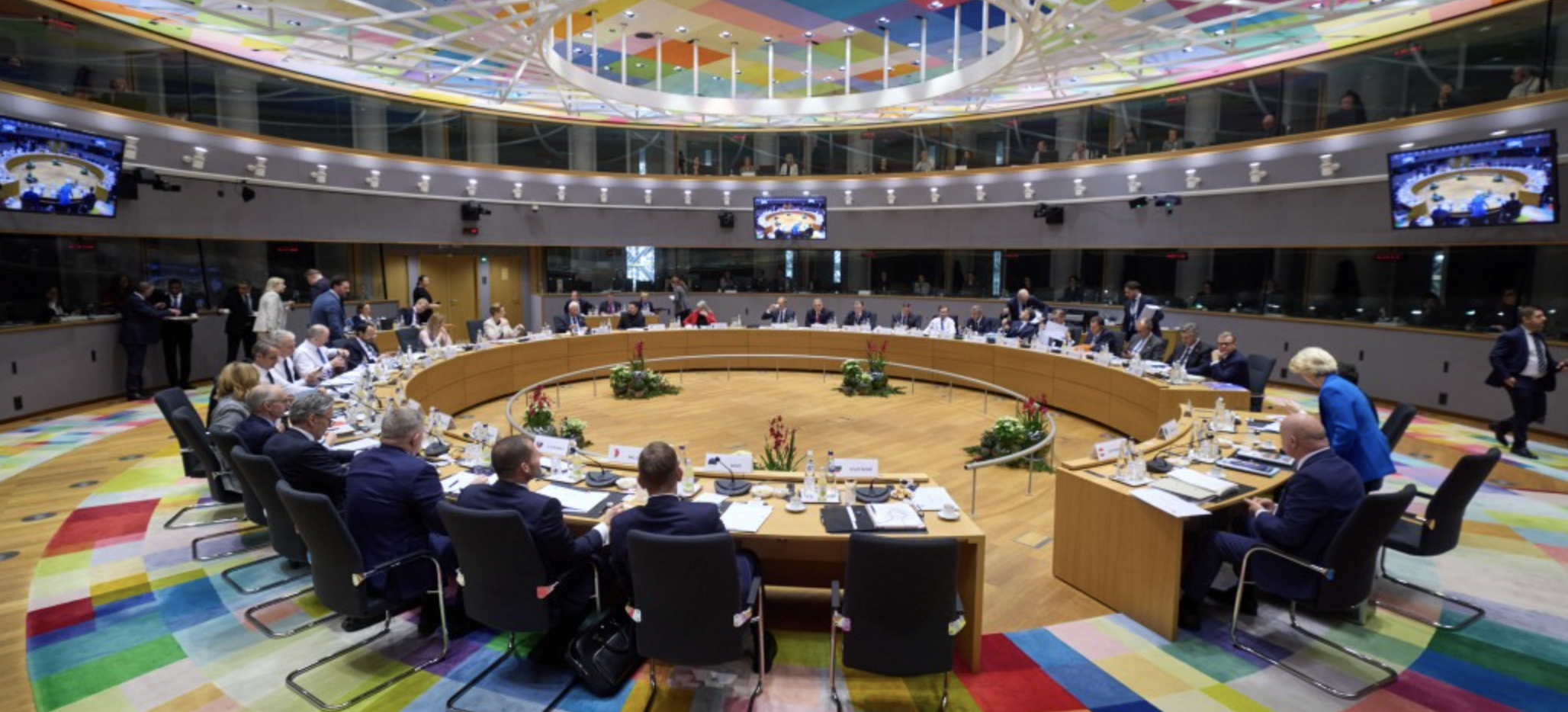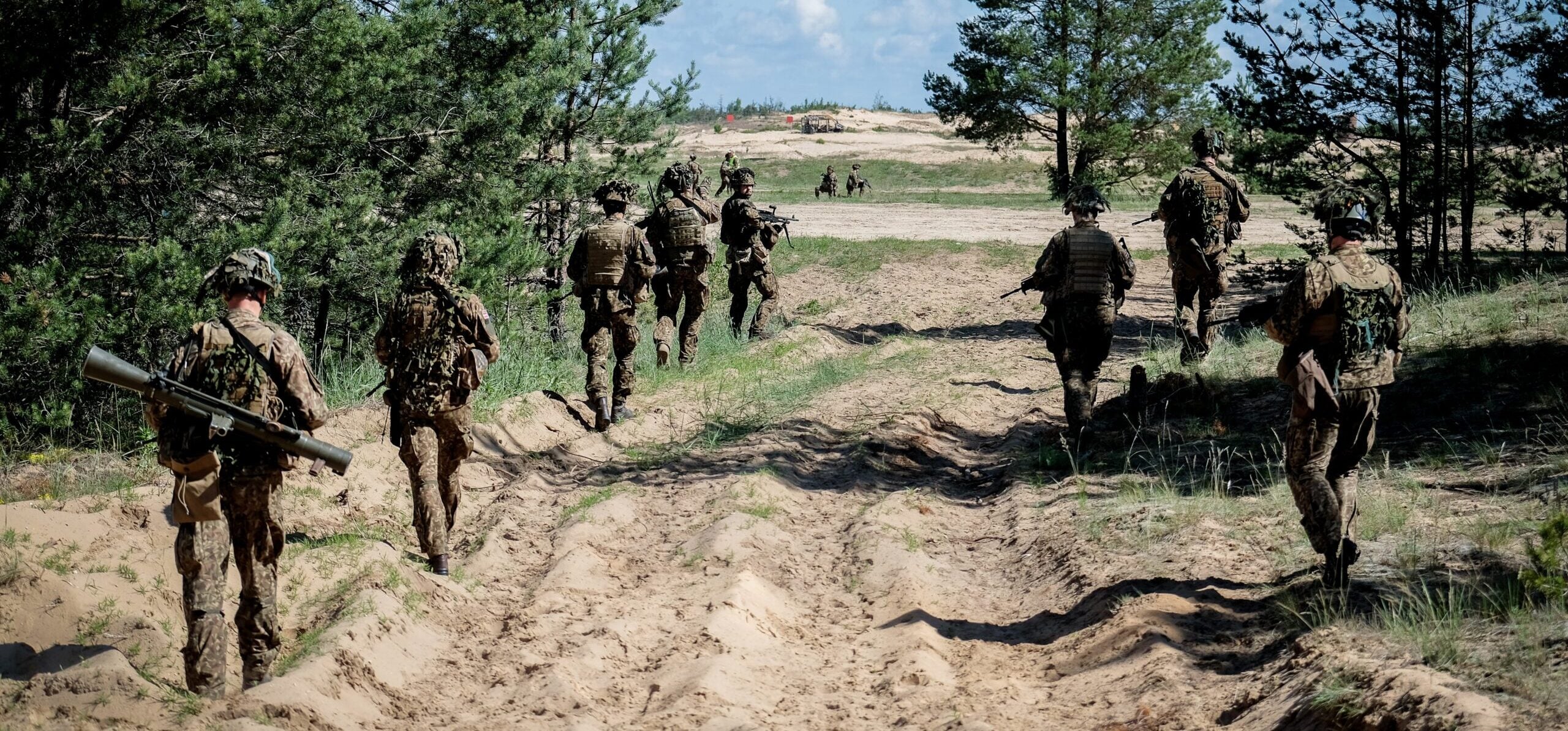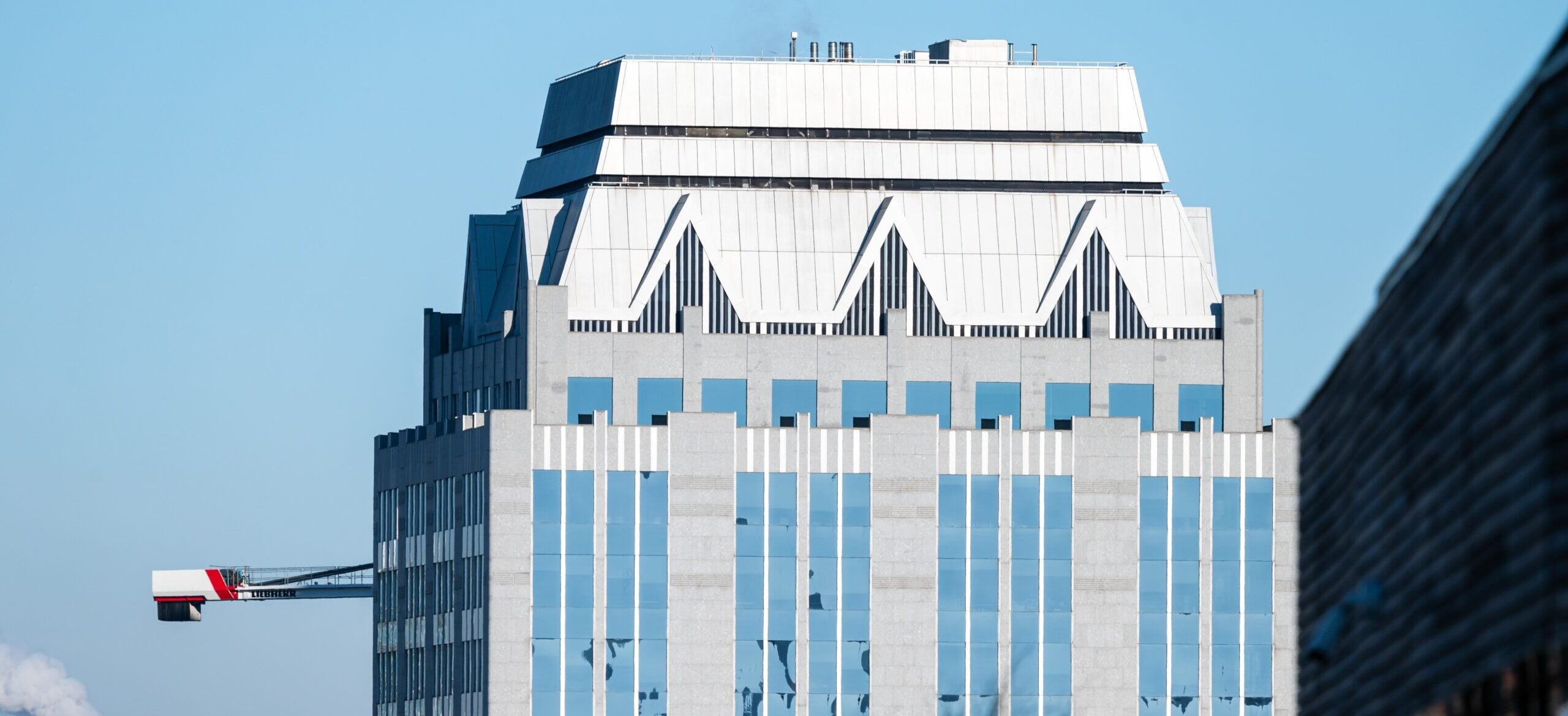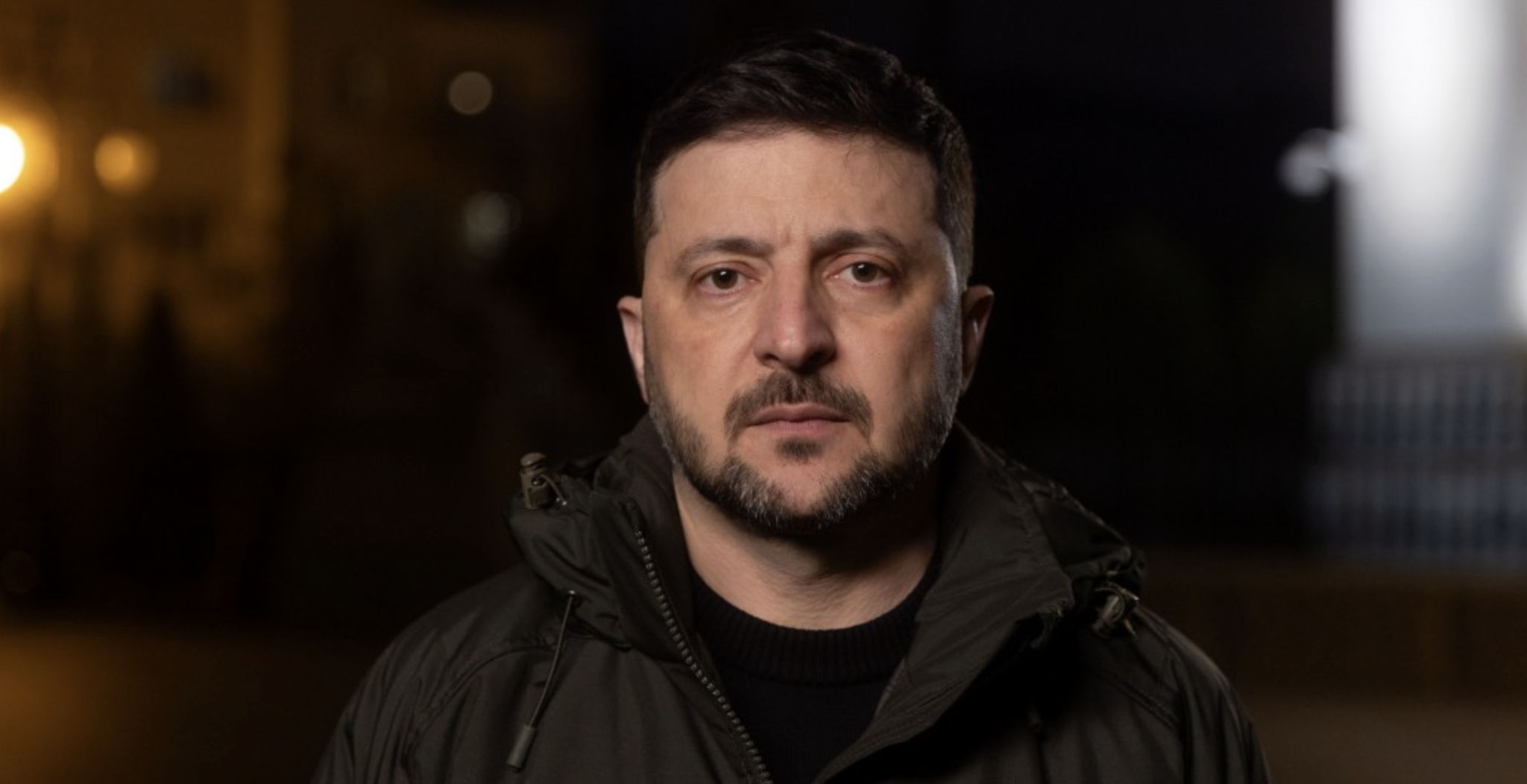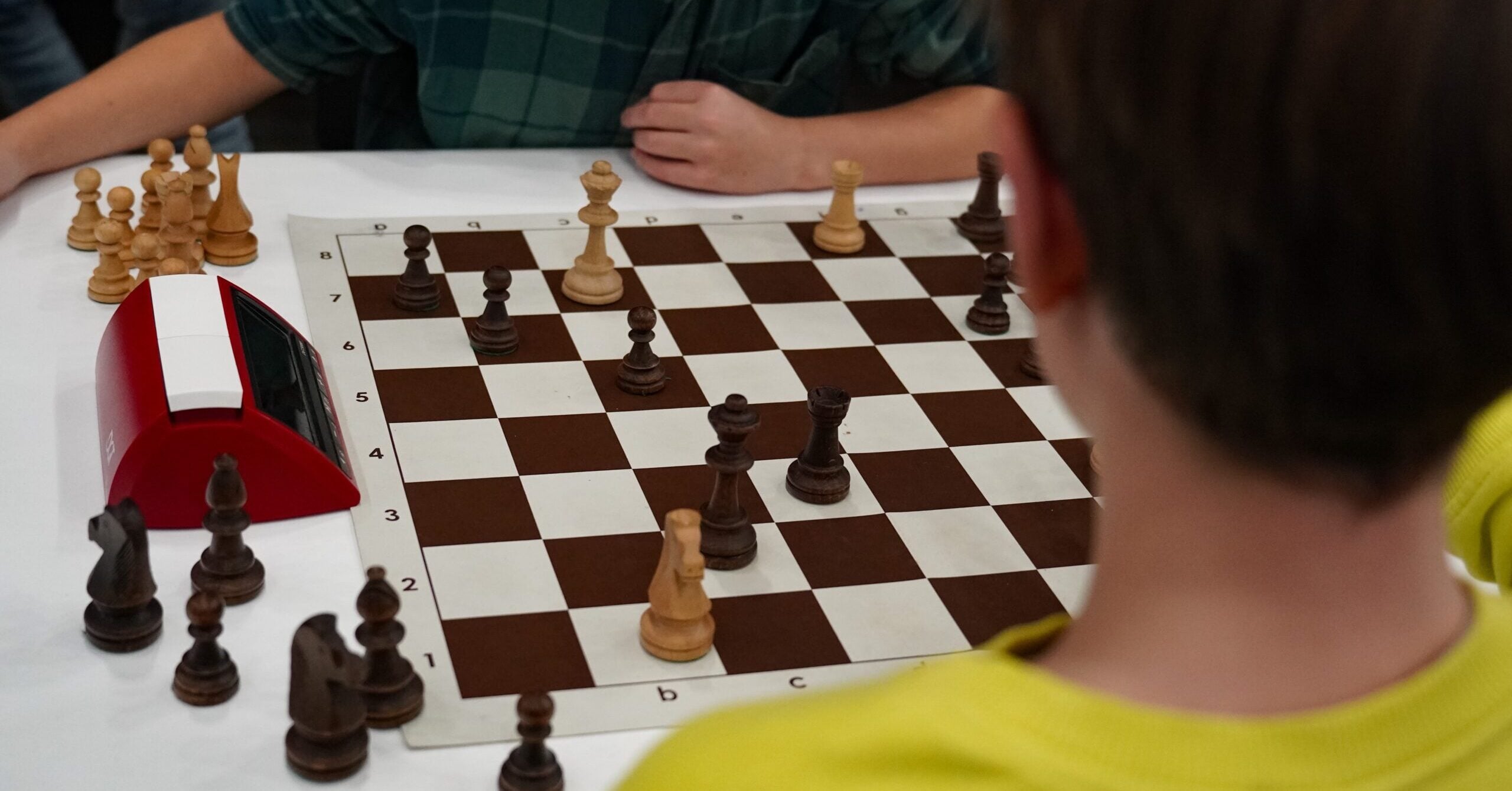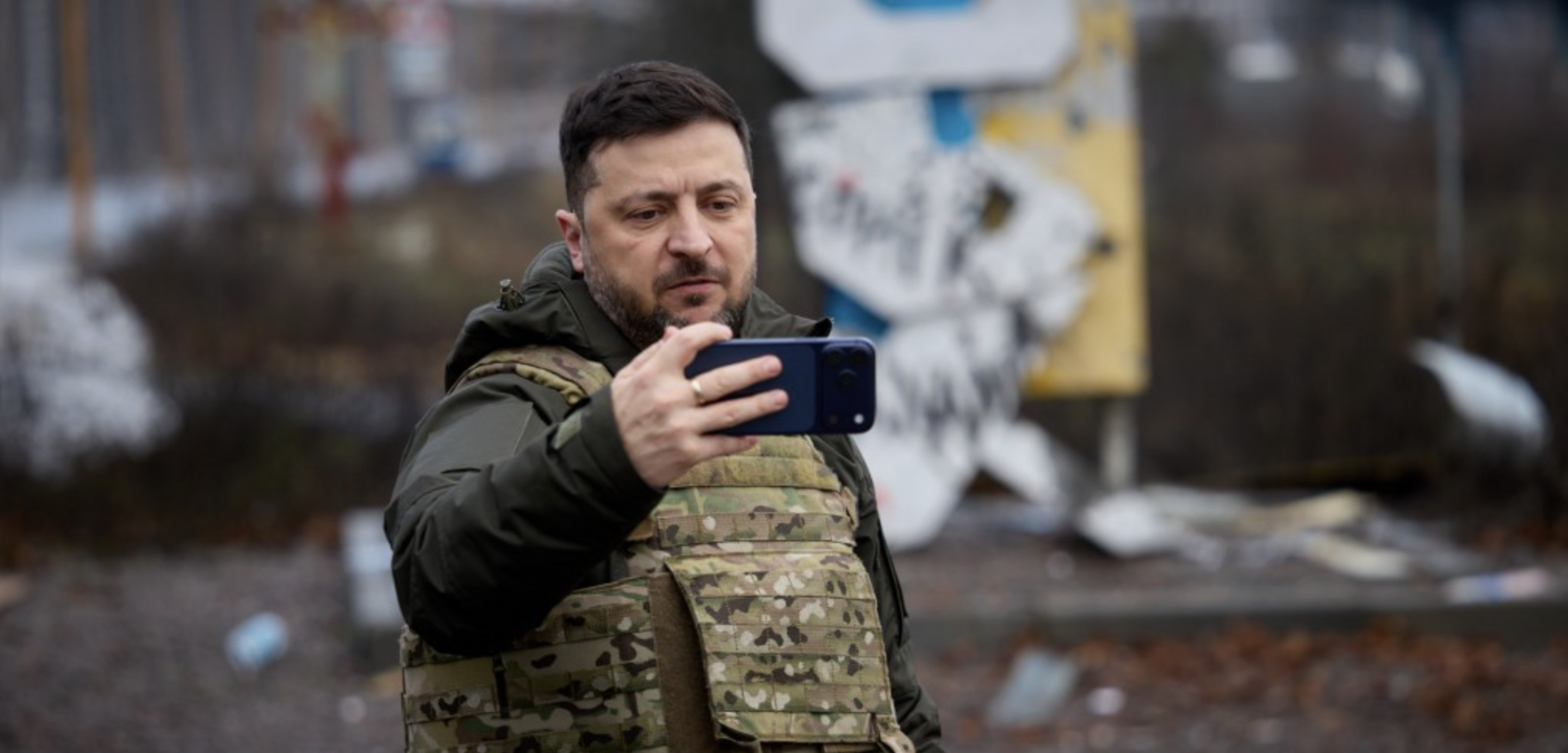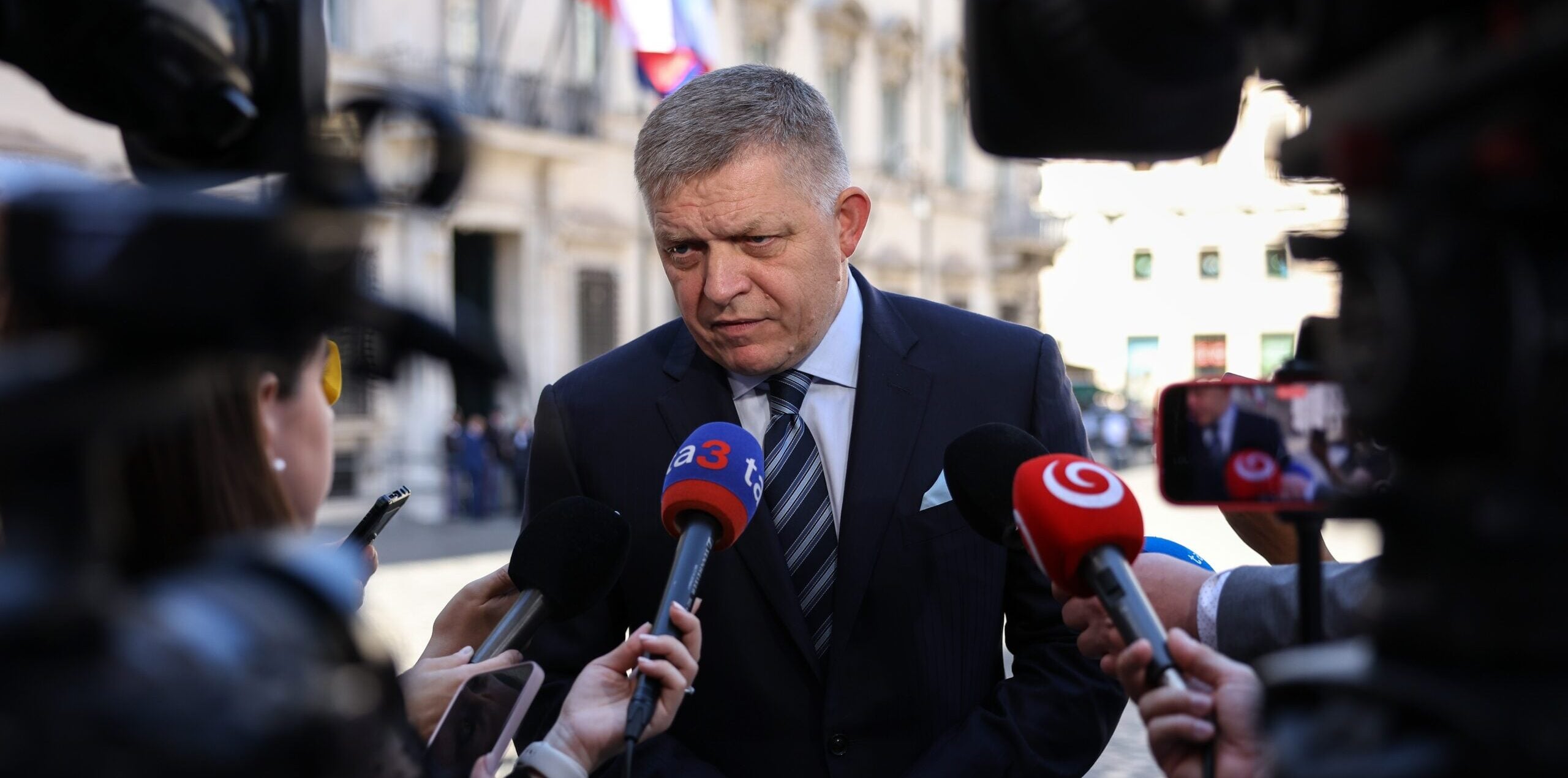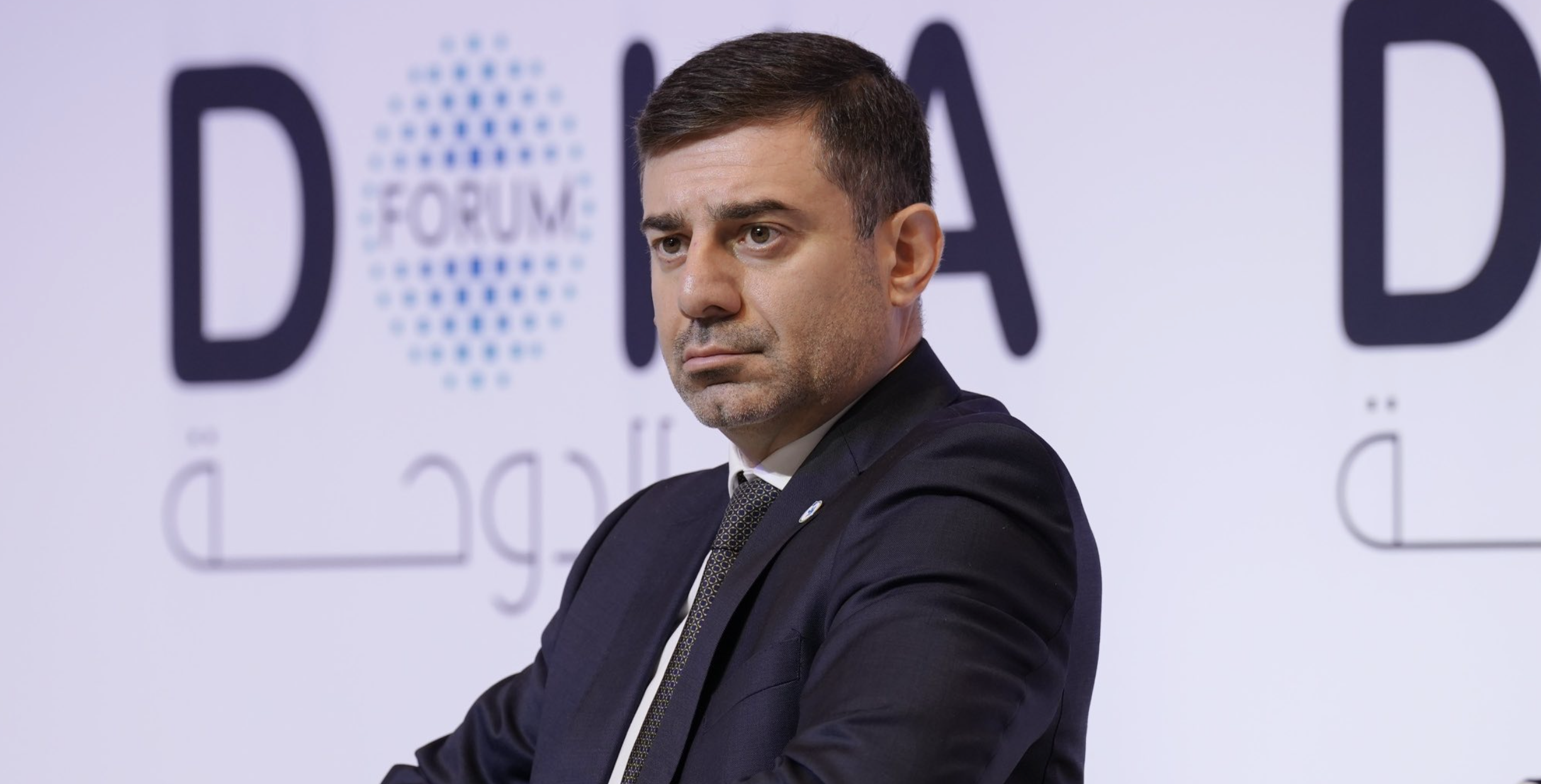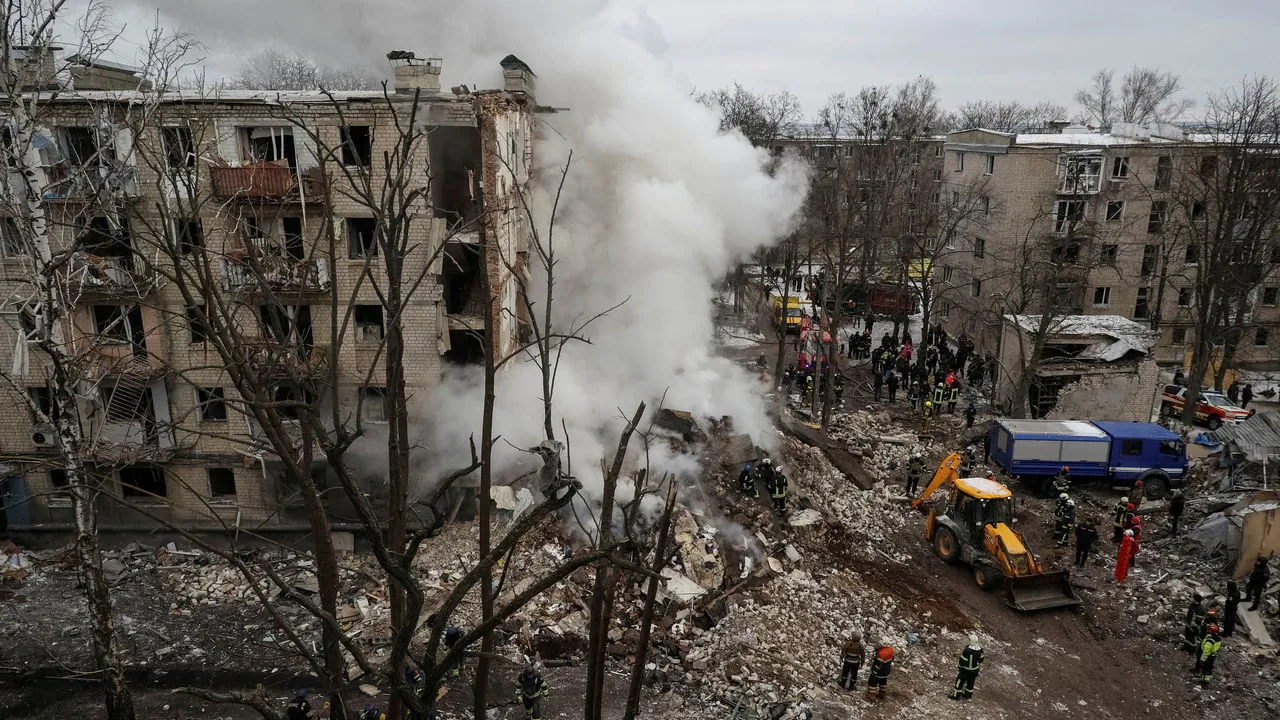
The Ukrainian military analyst and former advisor to the Minister of Defense of Ukraine, Oleksii Kopytko, explains that the Russians find more reasons to concentrate their efforts on Kharkiv as the Ukrainian military acquires more long-range weapons. This is because they can discreetly gather forces and launch air strikes with impunity. Kopytko stresses the critical importance of allowing strikes on targets within Russian territory using Western weapons, offering the following arguments.
- Russian occupying forces are comparable to interconnected vessels. They lack the capacity to break through on all fronts simultaneously, and this is unlikely to change in the coming months, even with increased mobilization efforts. It’s probable they won’t succeed on even two fronts. We are nearing a point where the enemy will have to decide which front to prioritize and where to concentrate their forces until the fall. They are currently maintaining pressure on the northern part of Kharkiv Oblast by reallocating forces and resources, including airborne assault units, from other areas. Our troops are inflicting significant losses on the Russians. Reports from hospitals in Belgorod Oblast are telling.
- Currently, the primary focus is on the movement in Donetsk Oblast. The Kharkiv and possibly Sumy fronts have been identified as opportunities to stretch Ukrainian forces. In the northern part of Kharkiv Oblast, Russian operations are being conducted with relatively limited resources. Although the number of Russian troops on the Belgorod front is increasing, it remains inadequate for significant operations.
But!
As Western aid increases, the likelihood grows that the Kharkiv direction will become the main focus for the enemy, despite the epic complexity of this task for the Russians.
- Yes, currently, it is much easier for the enemy to replenish their forces in the Donetsk/Luhansk oblasts and in the south, where logistics have been restored and all processes are in place.
Yes, Putin claims political goals regarding the Donetsk and Luhansk oblasts, not Kharkiv. However, in Kharkiv, the enemy truly holds a colossal advantage.
Specifically, the restriction on striking Russian territory with Western weaponry.
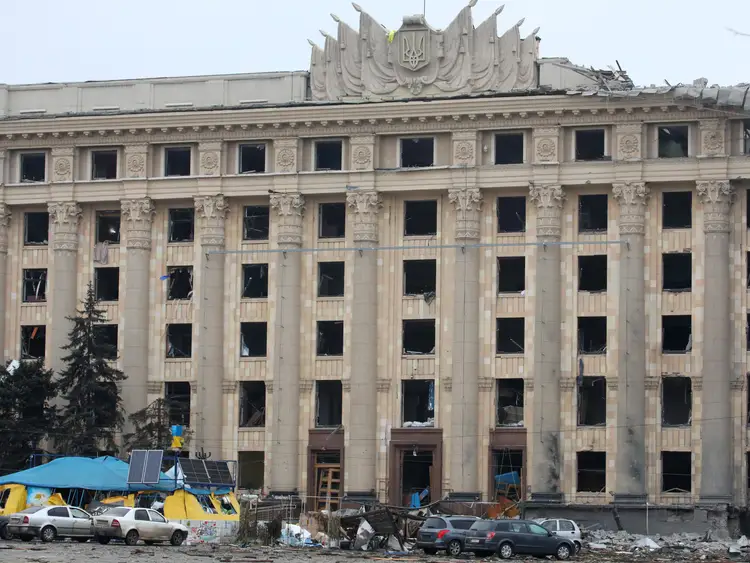
Do you see the dilemma?
The more advanced long-range weaponry Ukraine acquires, the more it drives Russia to concentrate on Kharkiv. This is because Russia can then gather forces and launch air attacks without much interference.
If they manage to secure some success in the Kharkiv region, they could use this advantage in negotiations or further their plans as desired. After all, success tends to breed further ambition.
4. In Donbas, enemy units and their supply lines can be targeted up to 160 km deep and effectively dismantled, while in Crimea, this range is even greater. However, near the northern side of Kharkiv, the operational range is limited to just 20-25 km.
Consider this visual analogy: At the northern boundary, which roughly aligns with the state border, Russian troops are situated as if they’re in a “house” that can only be attacked with a very limited arsenal. The middle boundary aligns with the Kharkiv Ring Road.
Our forces can only engage Russian troops within this narrow 25 km stretch, a distance that could be covered on foot. Moreover, the political decisions of our Western allies effectively shield all logistical support and supplies.
To forbid strikes under such circumstances is akin to torture, incorporating elements of prolonged punishment.
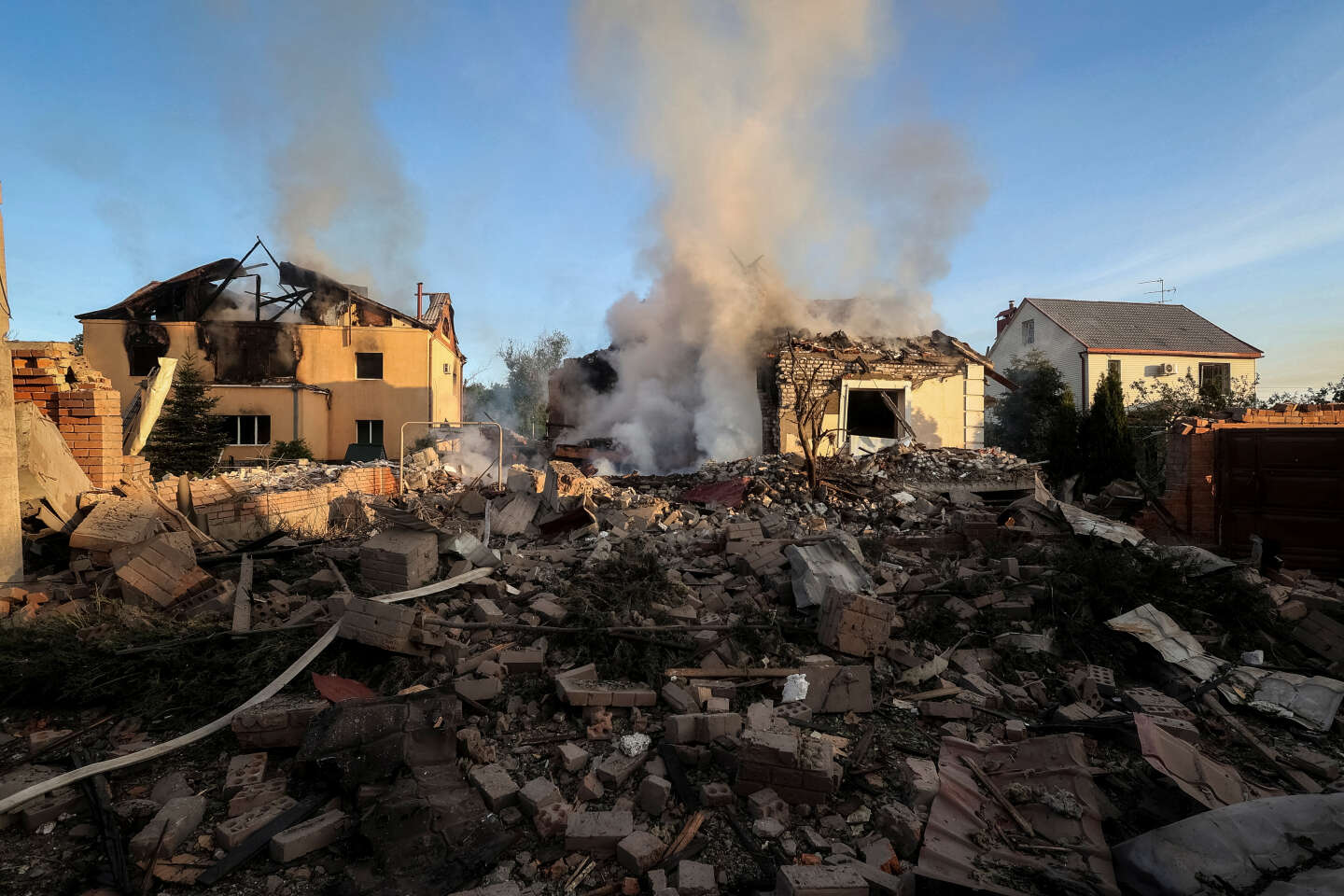
In Kharkiv, there are currently no more or less dangerous places, as shells and rockets can hit any spot. The short line shows very conditionally the most dangerous places in terms of the arrival of military aviation means / UMPB (although they attack in the center).
Above this line, approximately 400,000 people reside. These are residential areas: all of Oleksiivka, a large part of Saltivka, part of Pavlove Pole, the entire Zhukovskoho settlement, and so on.
It’s equivalent to ten Avdiivkas or five to six Bakhmuts in peacetime.
400,000 people. This number will decrease, but it’s more people than before 2022 in Sumy, Chernihiv, and most other regional centers.
- What is happening right now?
The Russians are trying to provoke panic among these hundreds of thousands of people. The people of Kharkiv respond with very indecent words and gestures, but they refuse to panic. Despite this, the pressure objectively increases.
As a result, civilians do not hinder the defense; on the contrary, our grouping can rely on a large live city. This allows us to allocate fewer resources from other areas to defense than would be the case under different conditions.
The more stable Kharkiv is, the more forces can be directed to the Donetsk and Zaporizhzhia oblasts. And vice versa.
The Russians will not be able to capture Kharkiv. But making people’s lives unbearable and gradually destroying the city is easy. If political attitudes in the West do not change.
- Therefore, we are interested in two things.
Therefore, we are interested in two things.
First, permission to strike targets on Russian territory at least 100 km away. This would deprive Russian forces of a significant advantage in the north and equalize all directions of attack. As a result, the enemy may realize that they cannot achieve significant results on any front because they won’t be able to concentrate enough forces.
Second, this concerns air defense and Western aviation as part of air defense. If we can drive away Russian aviation from Kharkiv, even under missile attack conditions, the city will become a stronghold of defense. The Russians won’t achieve anything; they’ll only destroy their own forces.
If Kharkiv suffers a dramatic blow due to political decisions, the entire east of Ukraine will suffer. For example, review materials prior to 2022 on Kharkiv’s role in logistics and all types of communications. It was a hub that serviced a quarter of the country, if not more. The flow of refugees isn’t just a humanitarian issue. It’s the destruction of infrastructure that refugees maintained at home.
Ukraine understands this. Among partners, not all do. If the ban on strikes isn’t lifted, we’ll need orders of magnitude more resources to support Ukraine, not to mention reconstruction.
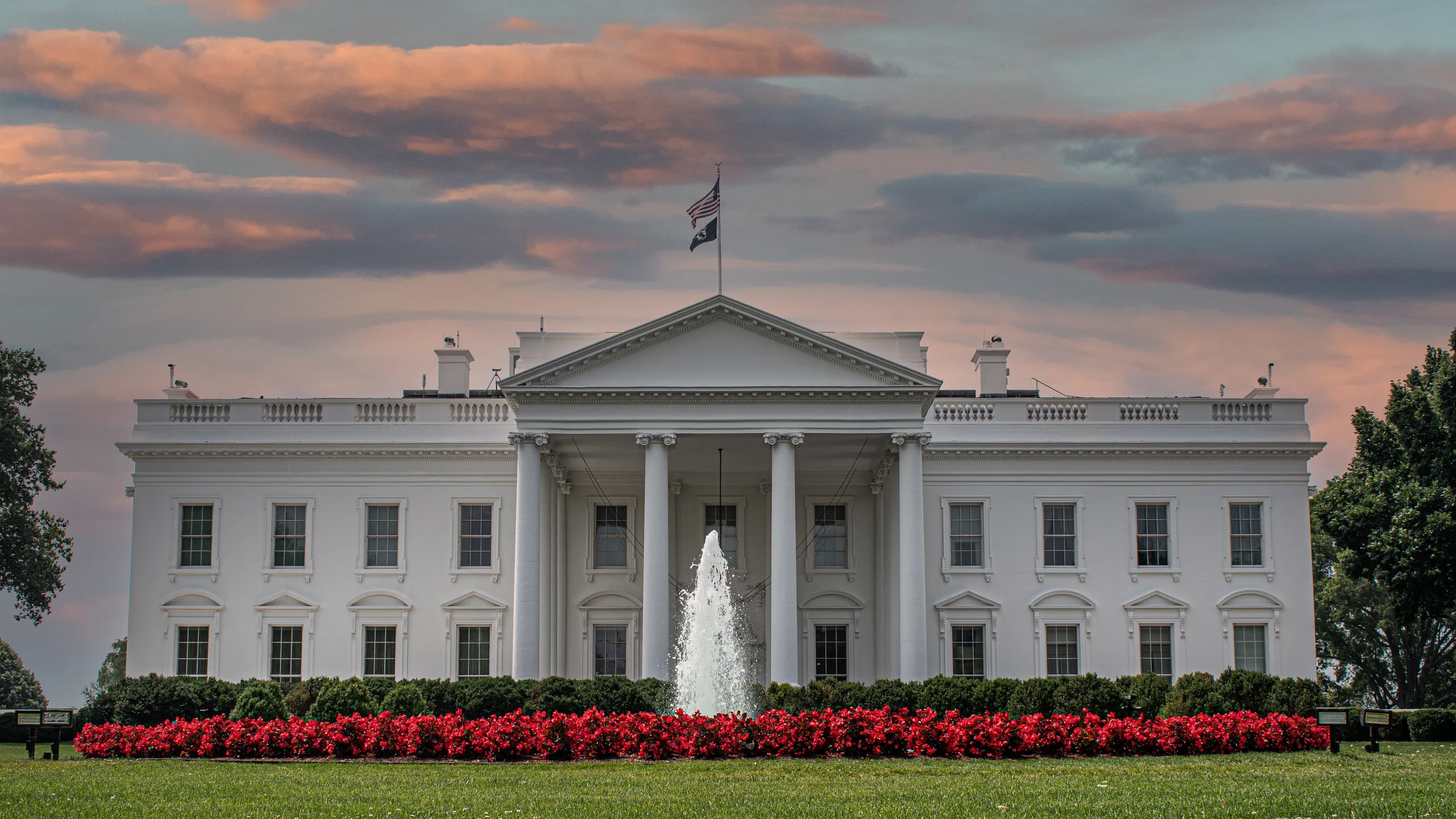
This issue is being discussed at all levels. The refusal is motivated by a reluctance to “directly participate” in the war and the population’s negative attitude toward strikes on Russia. Therefore, we need to talk to ordinary people so they can form demands for politicians.
- An important international project. Yesterday there was news that Russians, as part of a provocation, want to change the border in the Baltic Sea. This is copying the practice they applied in the Black Sea after 2014.
But, as I have already written, north of Kharkiv, Ukrainian forces are currently neutralizing parts of the Leningrad Military District, which is oriented specifically against Scandinavia and the Baltic countries.
The more effectively our forces grind down the Leningrad Military District, the fewer resources the Russians will have for bluffs and provocations. Strikes against enemy concentrations in the Belgorod Oblast mean peace and tranquility for the Baltic countries. Russians there will only be able to move the boundaries of their graveyards.
I’m not delving into the obvious about concentrating Ukrainian resources and so forth. There are specialists who handle that.
So, two priorities. If they are resolved, the Russians will either crack their faces with effort, or they will prematurely realize the futility of their attempts.
Therefore, the efforts of all Kharkiv residents and friends of Kharkiv in all countries are aimed at achieving these goals:
- Cancellation of the ban on strikes against the Russian Federation.
- Western aviation and air defense systems – as soon as possible.
Cover: Reuters; Business Insider

